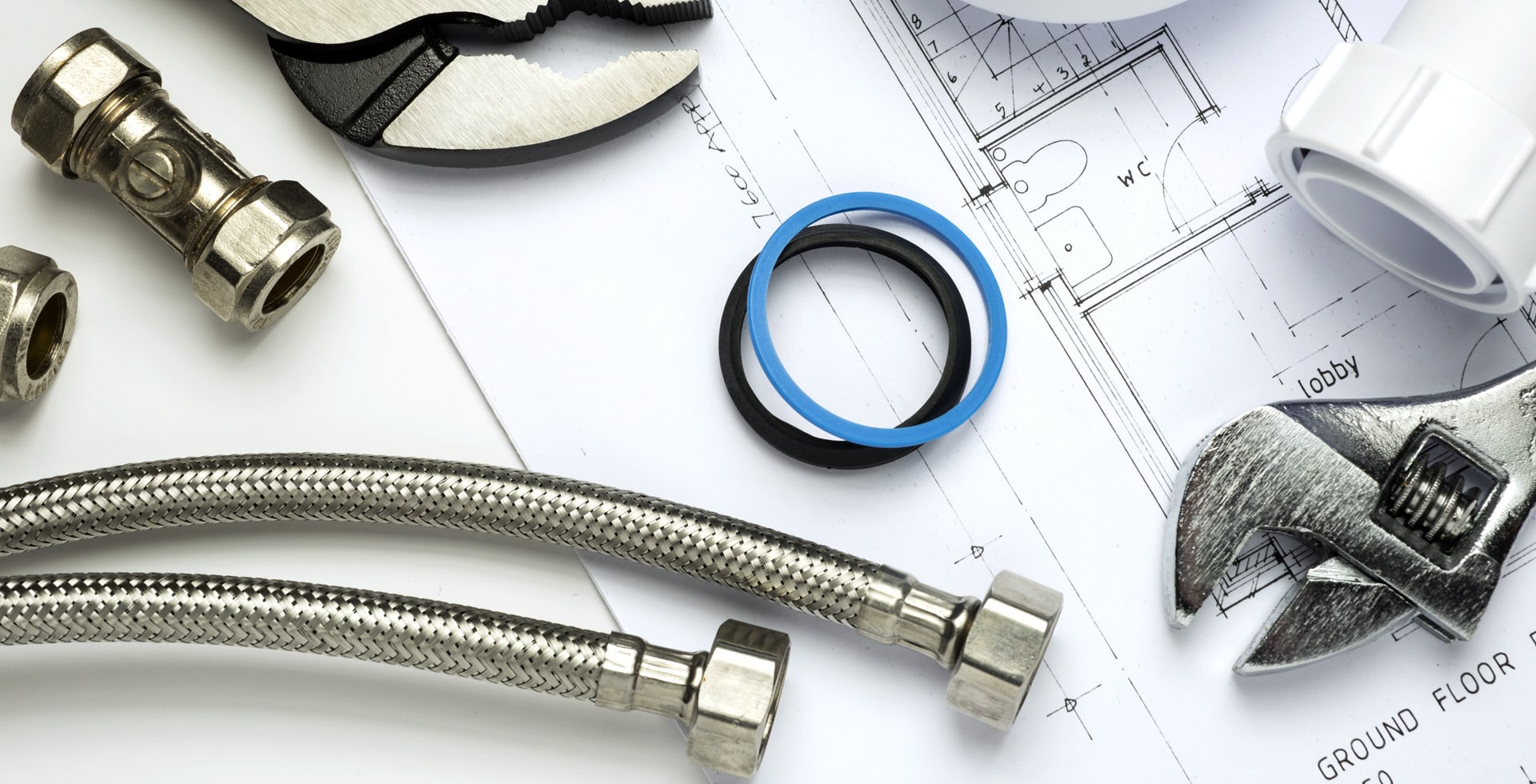“`html
How to Lubricate Garage Door Components Properly
Maintaining your garage door is crucial for its longevity and functionality. One of the most essential aspects of garage door maintenance is proper lubrication of its components. This not only ensures smooth operation but also reduces wear and tear on the door’s mechanical parts. In this guide, you will learn how to effectively lubricate your garage door components, ensuring optimal performance and extending the life of your garage door.
Why Lubrication is Important
Regular lubrication minimizes noise, prevents rust and corrosion, and reduces the chances of mechanical failure. Here’s why it’s essential:
- Reduces Friction: Lubrication keeps the moving parts gliding smoothly against each other.
- Prevents Wear and Tear: Lubricated components are less likely to wear out quickly.
- Minimizes Noise: Properly lubricated parts can significantly reduce the noise produced while operating.
- Extends Lifespan: Regular maintenance extends the life of your garage door, saving you time and money on repairs.
What You Will Need
Gather the necessary tools and materials before you start lubricating.
- Silicone-based garage door lubricant
- Grease (optional, for specific components)
- Cleaning cloths
- Brush (for hard-to-reach areas)
- Safety glasses and gloves
Steps to Properly Lubricate Garage Door Components
Step 1: Safety First
Before starting, ensure that the garage door is in the closed position. Make sure to unplug the garage door opener for safety. Wearing safety glasses and gloves during the process is also recommended to protect yourself from any debris or lubricant splashes.
Step 2: Clean the Components
Before applying lubricant, clean all moving parts. Use a cleaning cloth to wipe away dust, dirt, and old grease from:
- Hinges
- Spring
- Rollers
- Tracks
This step ensures that the lubricant adheres properly and enhances the overall effectiveness.
Step 3: Lubricate the Rollers
The rollers guide the door up and down. Apply a silicone-based lubricant directly to each roller. Avoid using oil-based lubes, as they attract dirt and debris.
Step 4: Lubricate the Hinges
Hinges also require appropriate lubrication. Apply lubricant to both sides of each hinge while moving the door a little to allow even distribution.
Step 5: Treat the Tracks
Do not apply lubricant directly onto the tracks, as it can cause the rollers to slip. Instead, apply a small amount of lubricant to a cloth and wipe the tracks down to minimize friction.
Step 6: Address the Springs
The garage door springs are crucial for lifting the door. Use grease sparingly to lubricate the springs. Be careful during this process, as the springs are under tension and can be dangerous.
Step 7: Inspect the Garage Door Opener
If you have an automated garage door opener, ensure you check its moving parts, such as the chain or screw. Apply a light coat of lubricant to these components as per the manufacturer’s recommendations.
Step 8: Final Check
Once you have lubricated all components, manually operate the door a few times to allow the lubricant to spread. Listen for any unusual noises that may indicate a problem requiring further attention.
When to Lubricate Your Garage Door
Knowing the right frequency for lubrication is essential for maintaining your garage door. Typically, you should lubricate your garage door every six months, but make adjustments based on:
- Usage Frequency: High-traffic garages will require more frequent lubrication.
- Environmental Factors: Locations with high moisture levels may speed up rust and require regular lubrication.
- Presence of Dust and Debris: A dusty environment may necessitate more routine maintenance.
Common Mistakes to Avoid
While lubricating your garage door may seem straightforward, avoid these common pitfalls:
- Using the Wrong Lubricant: Always choose silicone-based lubricants specifically designed for garage doors.
- Over-Lubricating: Excessive lubricant can lead to buildup, attracting dirt.
- Ignoring Other Parts: Ensure every moving component is checked and lubricated, including the door opener and springs.
Conclusion
Proper lubrication of garage door components is a simple yet effective way to ensure the door operates smoothly and efficiently. By following these easy steps, you can extend the life of your garage door and enjoy quieter performance. Make it a regular part of your maintenance routine to inspect and lubricate the key components. By doing so, you safeguard your investment and enhance the functionality of your garage door for years to come.
“`

